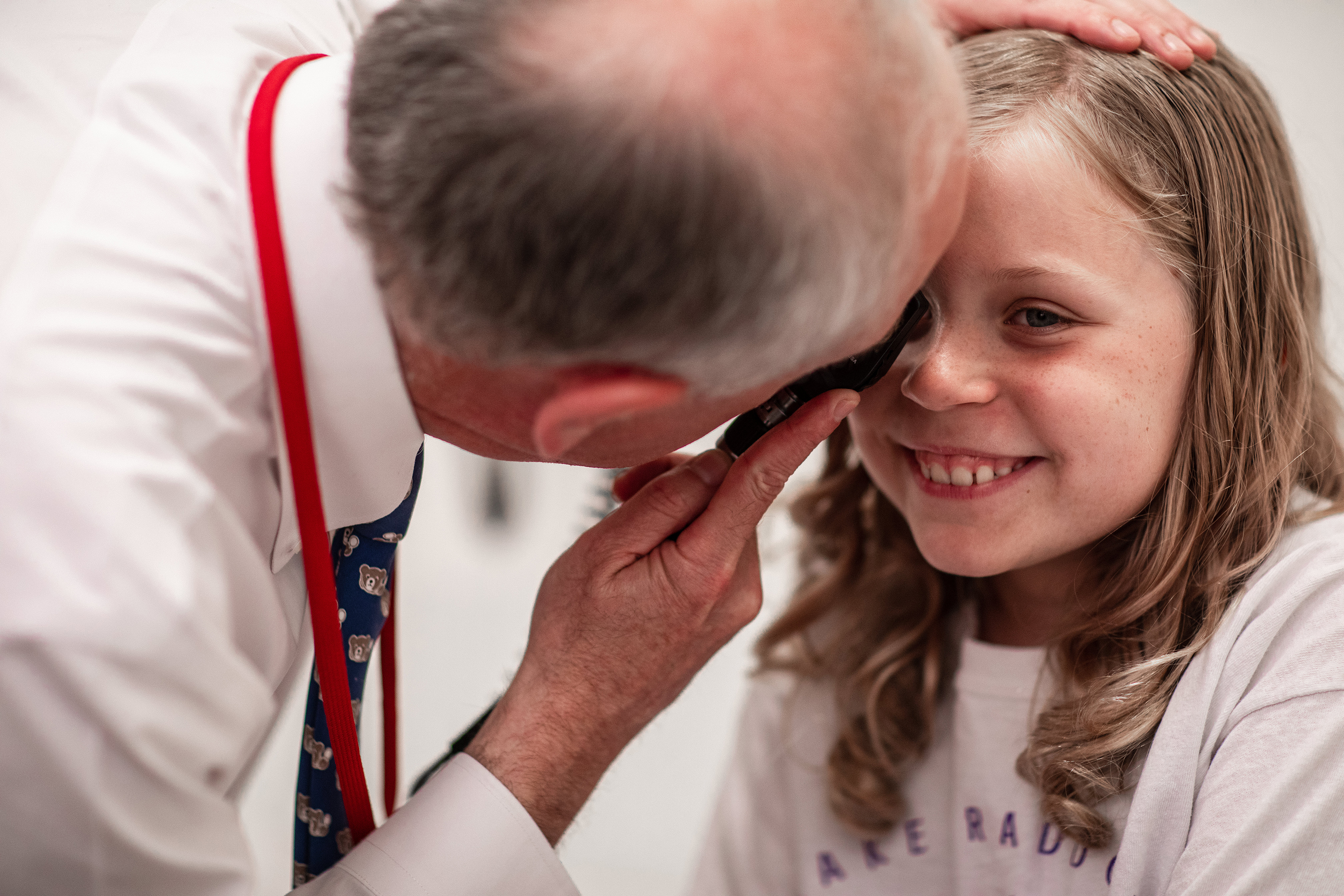Condition
Pediatric Esotropia and Exotropia
What are esotropia and exotropia?
Esotropia and exotropia are types of strabismus, which is a condition in which the eyes are not properly aligned. Esotropia means that one eye is deviated inward and is often called crossed eyes. Exotropia is when one or both eyes look outward, often called wall-eyed.
Although newborns' eyes may wander or cross sometimes, the eyes usually straighten by 2 to 3 months of age. If the condition continues and is left untreated, it can lead to:
- "Lazy eye" (amblyopia): Inability of one eye to see well (in spite of glasses or other means)
- Vision problems including loss of depth perception or 3-dimensional vision
Frequently Asked Questions
What causes esotropia and exotropia in children?
What are the types of esotropia and exotropia in children?
What are the symptoms of esotropia and exotropia in children?
How are esotropia and exotropia diagnosed in children?
What are the treatments for esotropia and exotropia in children?
Learn more about our Ophthalmology program at Children's National.
 Aasha's Rare Gift Will Help Other Babies Grow up Healthy
Aasha's Rare Gift Will Help Other Babies Grow up HealthyTesting the descrption field
Departments that Treat Esotropia and Exotropia

Ophthalmology
Our specialized pediatric ophthalmologists are experts at recognizing and treating complex eye conditions in infants and children.



